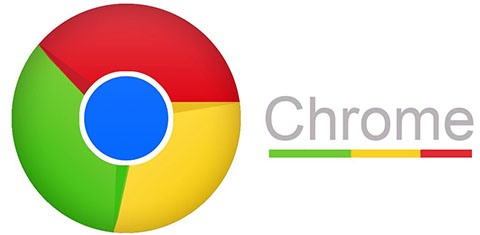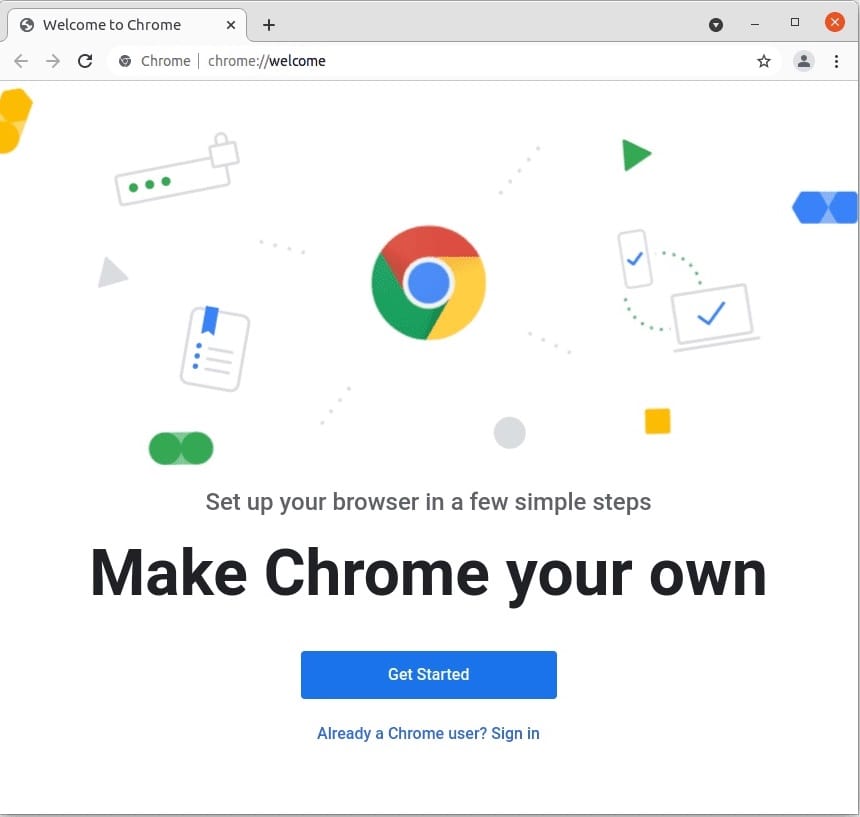
In this tutorial, we will show you how to install and configure Google Chrome on CentOS 7. For those of you who didn’t know, Google Chrome is one of the most popular web browsers worldwide, known for its speed, security, and user-friendly interface. As a Linux user running CentOS 7, you may want to install Google Chrome to enjoy its benefits and seamlessly browse the web.
This article assumes you have at least basic knowledge of Linux, know how to use the shell, and most importantly, you host your site on your own VPS. The installation is quite simple and assumes you are running in the root account, if not you may need to add ‘sudo‘ to the commands to get root privileges. I will show you the step-by-step installation of Google Chrome on a CentOS 7.
Prerequisites
- A server running one of the following operating systems: CentOS 7.
- It’s recommended that you use a fresh OS install to prevent any potential issues.
- SSH access to the server (or just open Terminal if you’re on a desktop).
- A
non-root sudo useror access to theroot user. We recommend acting as anon-root sudo user, however, as you can harm your system if you’re not careful when acting as the root.
Install Google Chrome on CentOS 7
Step 1. Before diving into the installation process, it’s essential to ensure that your CentOS 7 system meets the necessary requirements and is prepared for the new software. First, confirm that you have a working internet connection, as you will need to download Chrome from Google’s servers. Next, update your system to the latest packages for better compatibility and security:
sudo yum update
This command will fetch the latest package information and update any outdated packages on your system. Depending on the number of updates available, this process may take a few minutes to complete.
Step 2. Installing Chrome on CentOS 7.
CentOS uses YUM (Yellowdog Updater, Modified) as its package manager, and Google Chrome is not included in the default CentOS repositories. To install Chrome, you’ll need to add Google’s YUM repository to your system. Here’s how:
sudo nano /etc/yum.repos.d/google-chrome.repo
Insert the following content into the file:
[google-chrome] name=google-chrome baseurl=http://dl.google.com/linux/chrome/rpm/stable/$basearch enabled=1 gpgcheck=1 gpgkey=https://dl.google.com/linux/linux_signing_key.pub
Save and close.
With the repository in place, you can now install Google Chrome using the following command:
sudo yum install google-chrome-stable
YUM will handle the download and installation of Chrome and its dependencies. If you encounter any dependency issues, YUM will attempt to resolve them automatically.
Once the installation process is complete, you can verify that Google Chrome has been successfully installed on your CentOS 7 system. To check the installed version of Google Chrome, run the following command in your terminal:
google-chrome --version
Step 3. Accessing Google Chrome Web Browser.
To launch Chrome, you can either find it in your desktop environment’s application menu or start it from the terminal:
google-chrome &
The ampersand at the end of the command allows Chrome to run in the background, freeing up the terminal for other tasks.

Congratulations! You have successfully installed Google Chrome. Thanks for using this tutorial for installing the Google Chrome browser in CentOS 7 system. For additional help or useful information, we recommend you check the official Google Chrome website.